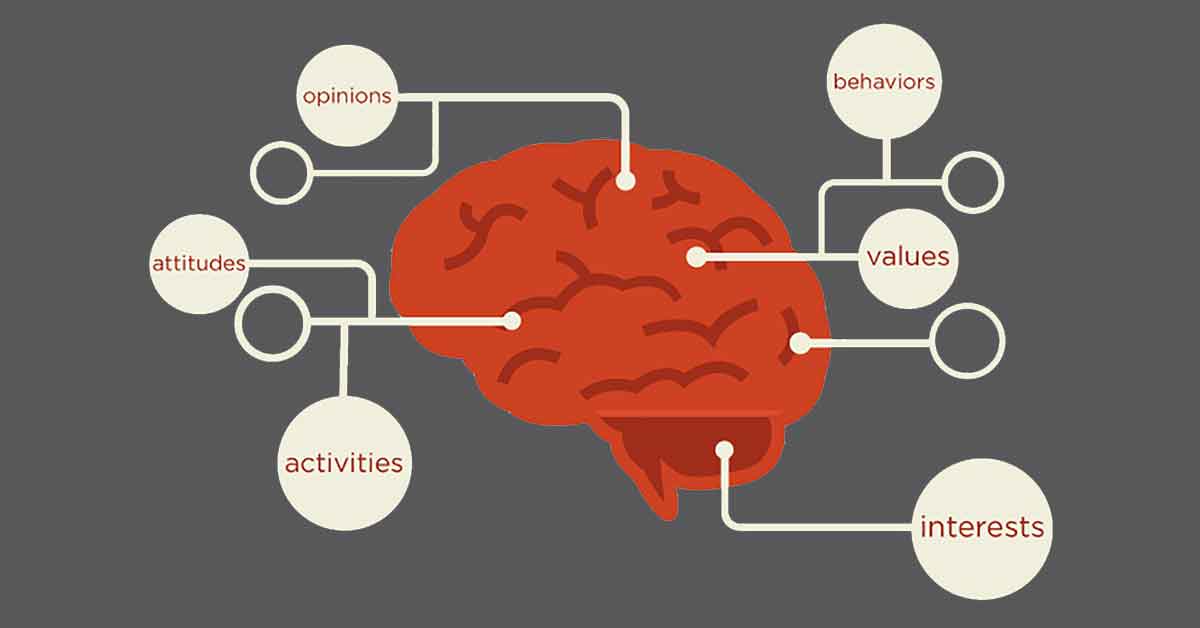How to Use Psychographics to Boost Your Native Advertising Impact
February 28, 2018

As native advertising shifts to accommodate new developments in technology, it’s important for advertisers to remember that it must also reflect changes in audience interest and behavior. Market trends show that native advertising pioneers like BuzzFeed are increasingly targeting psychographics rather than demographics, and while psychographics are more difficult to quantify, they can be a valuable tool for advertisers and publishers alike.
What are psychographics? Where demographics target specific groups of an audience based on easily quantifiable characteristics, psychographics target consumers based on their beliefs and thought processes. Psychographic data answers the question of why consumers are buying rather than which consumers are buying.
Despite being a more subjective data set, utilizing psychographics has benefits for both publishers and advertisers. By creating and publishing advertisements that speak to an audience’s values, lifestyle, beliefs, goals, and problems, advertisers and publishers demonstrate relevance and an understanding of their consumer base. This tactic also allows advertisers to show why their product is a solution and how it can help their audience.
Psychographic data is also a slightly more difficult to gather than demographic data, but there are many ways to research what type of content will resonate with an audience.
- Acknowledge feedback: Paying attention to online product reviews can help advertisers understand what customers like and dislike about their product.
- Let social do the work for you: Social media sites (especially Facebook) are a popular conversation hub. Reading the comments on a page’s posts allows advertisers to gauge audience attitude. Additionally, sites like Pinterest allow advertisers to understand their users’ motivations.
- Surveying subscribers: One easy way to find out what subscribers value and believe is to ask them directly.
- Research: How have previous campaigns performed? What are consumers responding to? This type of analysis can give insight into consumer thought process.
- A/B testing: Another way to gain insight is by A/B testing, which allows advertisers to understand patterns in consumer thinking.
Implementing psychographic advertising is easy once the research is complete because the structure follows that of traditional advertising. Making sure to demonstrate familiarity and emotion and by piquing curiosity will help an audience engage with native ads.
Familiarity is one of the most important things to show in native advertising. Matching the context and tone of the publisher makes the audience more trusting of the advertisement. For example, BuzzFeed, a platform widely known for its quiz content, has begun to incorporate sponsored content by using the quiz structure. Not only does it play off of readers’ familiarity with the BuzzFeed brand, it also shows an understanding of the types of content users enjoy and are familiar with and makes them more likely to interact with the ad.
Another important aspect is emotion; using keywords that describe the feelings consumers will experience with your product makes it appealing to a wider audience. For example, a skincare product that results in “smooth, glowing skin” appeals to a wider set of users than an “anti-aging” product, which will grab the attention of users within a specific age range.
Finally, piquing an audience’s curiosity is a surefire way to drive engagement. As long as advertisers show that they understand how and why consumers make specific choices, they can leverage this understanding against audience curiosity to boost interest.